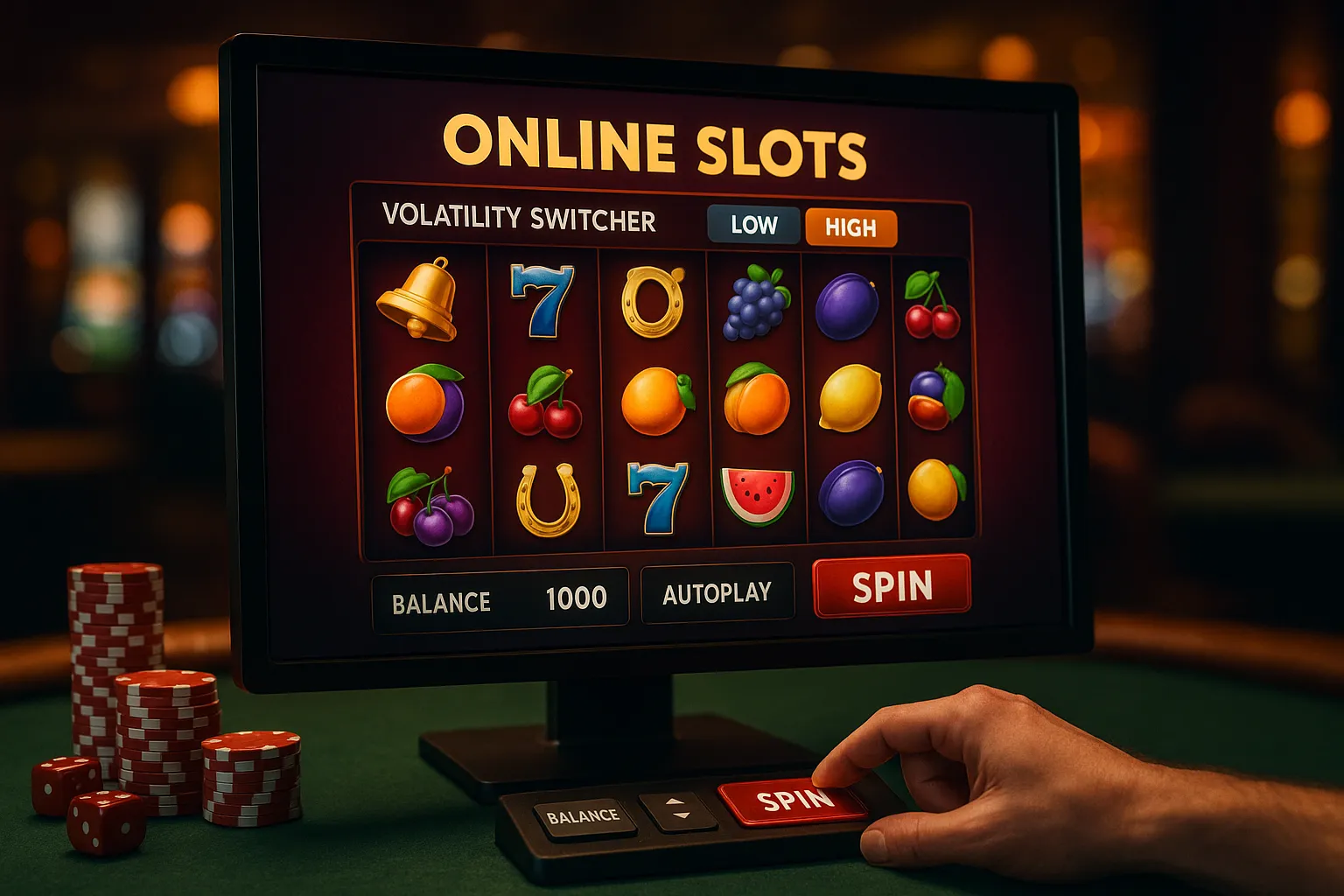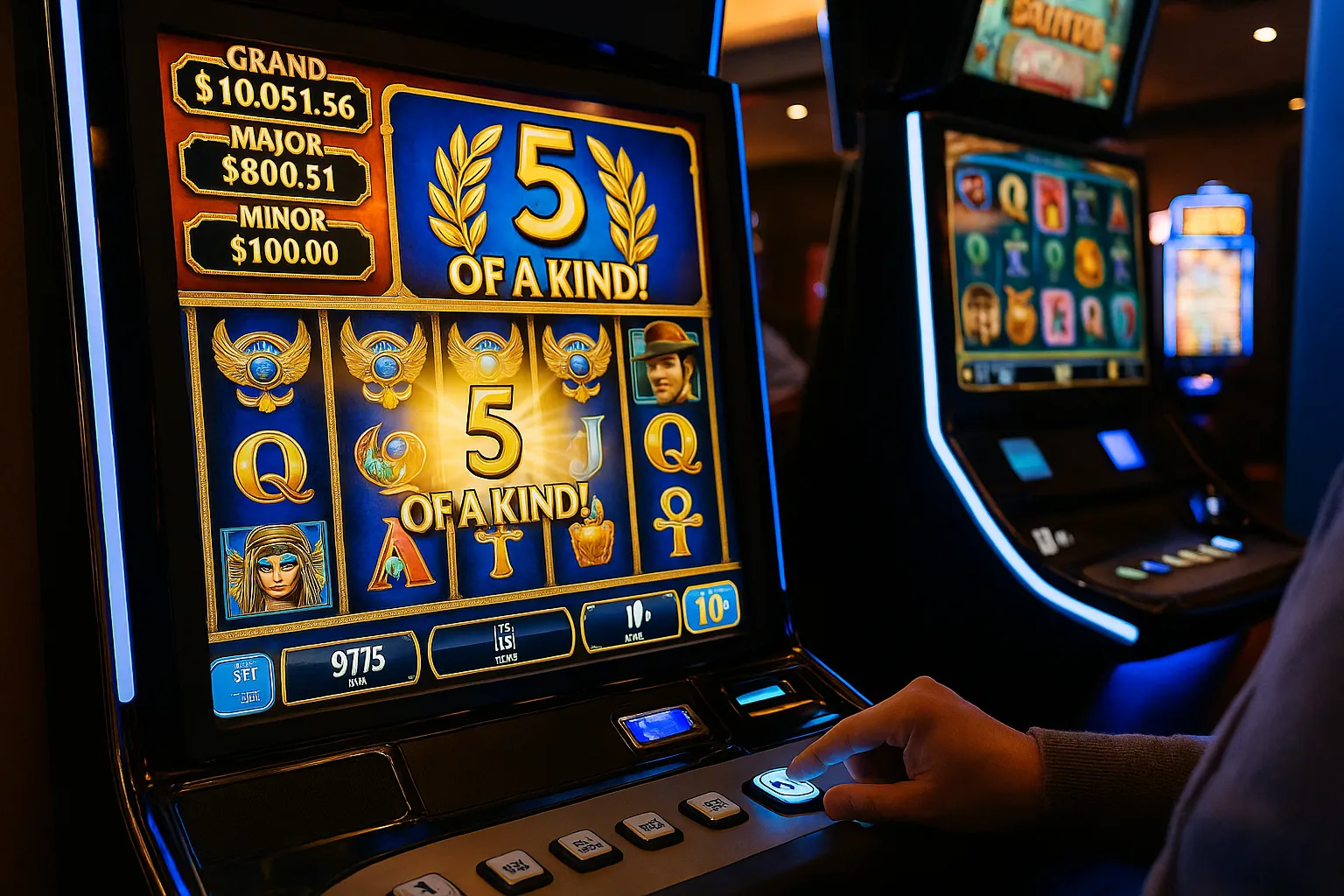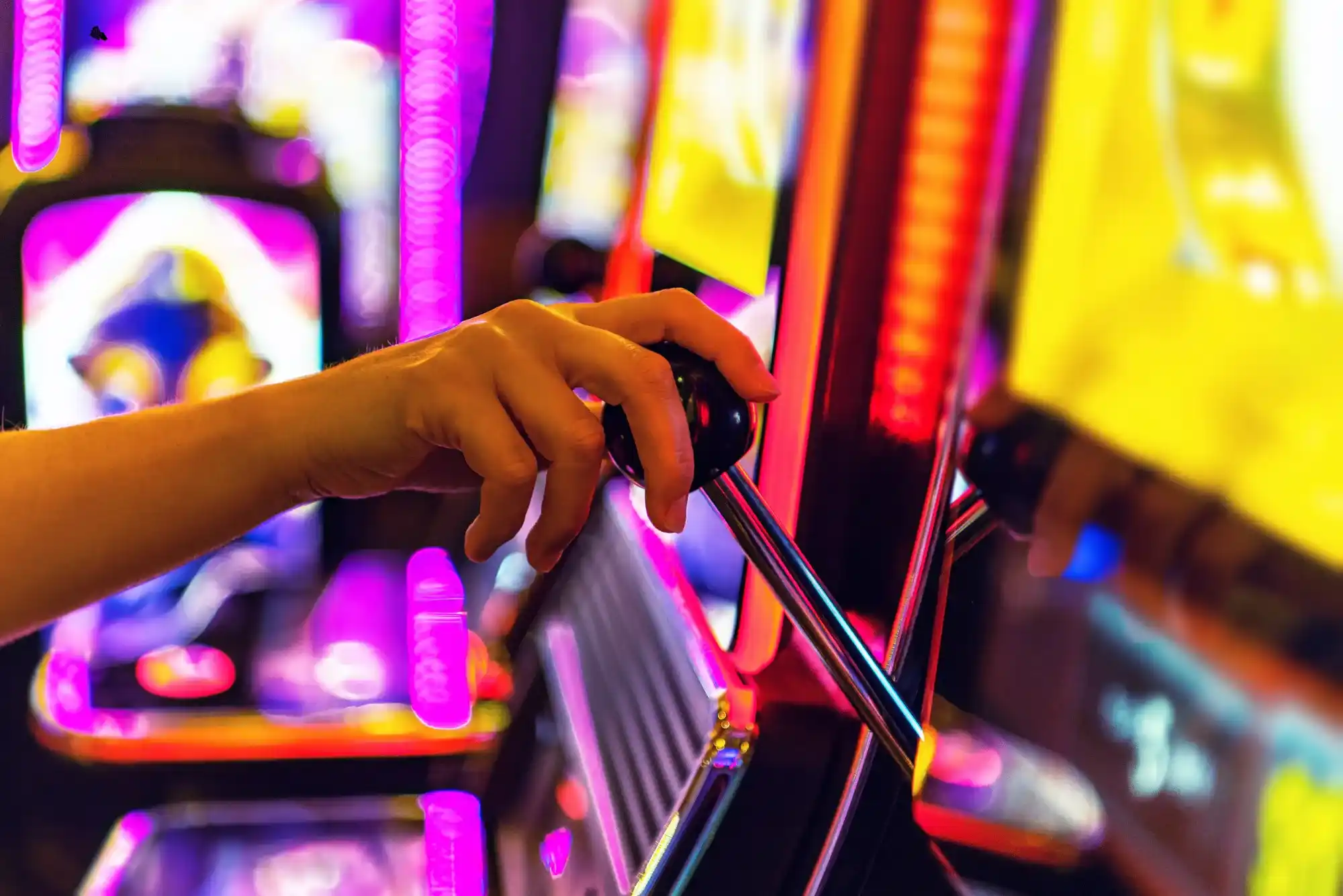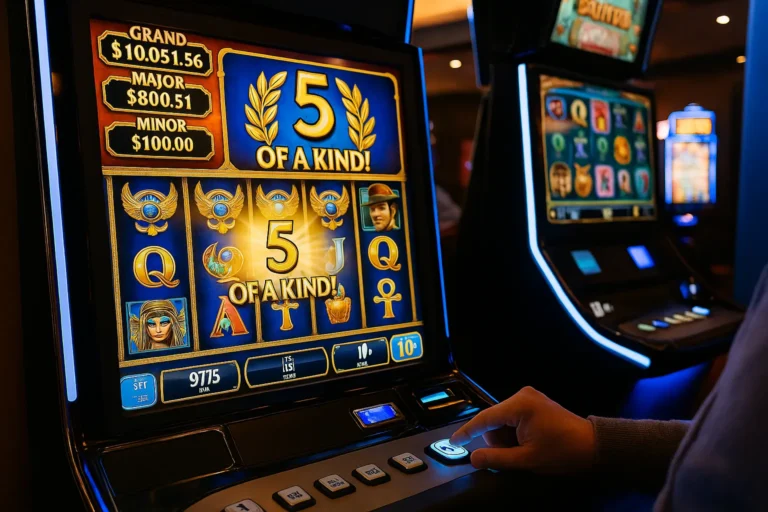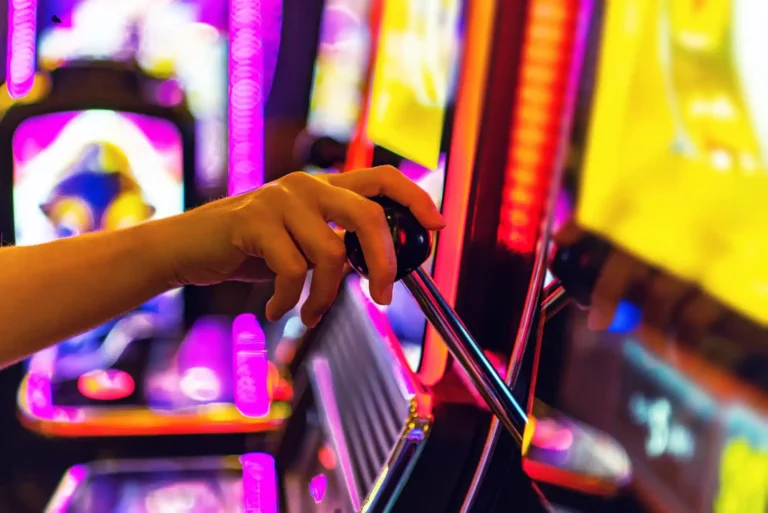During my early days testing slot games, I remember feeling both intrigued and puzzled when I encountered a “volatility switcher” for the first time. This feature, which allows players to adjust a game’s risk and reward profile on demand, has rapidly become a must-have in modern online slots. In this detailed exploration, I’ll share my personal experiences, walk you through how volatility switchers work, and explain why they’re transforming how we play.
Understanding Slot Volatility
Anyone who’s spent time at both land-based casinos and online platforms will recognize that slots vary widely in how they deliver wins. Volatility (or variance) describes this behavior:
-
Low volatility slots reward players with frequent, smaller wins, smoothing out bankroll fluctuations.
-
High volatility slots tend to produce larger jackpots, but less often, making for roller-coaster sessions.
Historically, developers set volatility at launch and never revisited it. Players chose games based on published RTP and volatility data—if they wanted steadier payouts, they picked a low-variance title; if they craved big hits, they opted for high variance.
The Birth of the Volatility Switcher
A Player-Centric Innovation
As an avid slot player, I often found myself torn. Some days, I wanted the excitement of chasing a massive bonus. Other times, I simply wanted steady thrills without watching my balance disappear. Recognizing this, forward-thinking studios introduced the volatility switcher: a toggle or slider on the game interface that shifts volatility modes in real time.
From my first demo, it felt revolutionary. No longer did I debate which slot to launch. With one click, I could transform a game’s risk-reward profile to suit my mood and strategy.
Early Implementation Examples
One of the earliest titles I tested with this feature offered two modes labeled “Low Risk” and “High Risk.” The difference was striking: low risk delivered wins almost every 10 spins, averaging modest payouts, while high risk could run dry for 50 spins but deliver a 500× bet jackpot on a fortunate streak. This flexibility opened the door for more personalized play sessions.
How a Volatility Switcher Works
Beneath the user-friendly toggle lies complex mathematics and random number generation (RNG) algorithms. Here’s a simplified breakdown:
-
RNG Mapping: The game’s RNG engine uses weight tables to determine the chance of each symbol combination.
-
Mode-Specific Tables: Each volatility mode has distinct weight tables—low volatility spreads chances across many small wins, while high volatility focuses weight on rare, big-pay symbols.
-
Dynamic Adjustment: When you switch modes, the game seamlessly swaps to the corresponding weight table without interrupting play.
This architecture ensures fairness, as each mode maintains an overall RTP in line with regulations, but redistributes the odds of different win sizes.
Benefits for Players and Operators
Tailored Gaming Sessions
I recall speaking with a community manager at a top online casino who praised the volatility switcher’s impact. She noted that players spent 40% longer per session, experimenting with both modes and enjoying greater control. It’s a simple psychological hook: feeling in charge of one’s gambling journey boosts engagement and satisfaction.
Strategic Bankroll Management
For me, it’s all about bankroll preservation. On a tight budget, flipping to low volatility stretches my playtime and lets me savor consistent improvements to my balance. If I hit a comfortable profit, I’ll switch to high volatility for a chance at a life-changing win.
Operational Advantages
From an operator’s standpoint, volatility switchers help bridge the gap between recreational and high-roller demographics. By embedding both experiences in one game, casinos reduce the need to acquire separate player types. This unified approach cuts development and marketing costs—and keeps players exploring.
Responsible Gambling and Player Safeguards
While the switcher offers freedom, it also demands responsibility. Many platforms encourage players to set limits on mode usage. After a certain number of high-risk spins, the game might prompt reminders or temporarily disable the high-volatility option, nudging players to reflect on their play habits.
In fact, some gamblers explore alternative venues like casinos not on GamStop to find platforms with different self-exclusion policies. It’s crucial to research and choose services that align with personal risk management.
Real-World Stories
The Cautious High-Roller
A friend of mine, who’s both a casual player and occasional high-roller, shared how he uses the switcher. He starts every session in low-risk mode, building a small cushion of wins. Once he’s up by 20%, he confidently toggles to high-risk—typically securing at least one moderately sized payout before calling it a day.
The Newcomer’s Learning Curve
I also guided my cousin through her first volatility-switcher slot. Initially, she left it on high risk and experienced several dry spells. After discussing mode dynamics, she switched to low risk and quickly started seeing tiny wins that kept her motivated. That positive feedback loop taught her both game mechanics and personal limits.
Frequently Asked Questions
Can I switch modes mid-spin?
No. To preserve outcome integrity, the toggle only activates between spins. Attempting to switch during a spin will queue the change until the next round.
Does RTP change with volatility?
No. Each volatility mode uses separate distribution tables but shares the same overall RTP, ensuring fairness and compliance.
Are all slots featuring volatility switchers trustworthy?
Stick with licensed providers, especially those regulated by reputable authorities. As with any casino feature, transparency in RNG certification is key.
The Future of Volatility Control
As slot innovation accelerates, I foresee more granular controls: sliders adjusting risk on a continuum rather than binary modes, or AI-driven volatility that adapts to player behavior. Augmented reality (AR) slots could present physical-like switches that players flip on a virtual dashboard. Whatever the mechanics, the core promise remains: player empowerment.
For anyone serious about strategic slot play, understanding volatility switchers is essential. Experiment with both modes, set clear bankroll boundaries, and enjoy the added dimension of choice they offer. Your next big win might hinge on choosing the right risk profile at the right moment.

